INDIAN ARMED FORCES CHIEFS ON OUR RELENTLESS AND FOCUSED PUBLISHING EFFORTS

The insightful articles, inspiring narrations and analytical perspectives presented by the Editorial Team, establish an alluring connect with the reader. My compliments and best wishes to SP Guide Publications.

"Over the past 60 years, the growth of SP Guide Publications has mirrored the rising stature of Indian Navy. Its well-researched and informative magazines on Defence and Aerospace sector have served to shape an educated opinion of our military personnel, policy makers and the public alike. I wish SP's Publication team continued success, fair winds and following seas in all future endeavour!"

Since, its inception in 1964, SP Guide Publications has consistently demonstrated commitment to high-quality journalism in the aerospace and defence sectors, earning a well-deserved reputation as Asia's largest media house in this domain. I wish SP Guide Publications continued success in its pursuit of excellence.
- Global Partners Urged to Tap India's Shipbuilding Potential: Rajnath Singh at Samudra Utkarsh
- All about HAMMER Smart Precision Guided Weapon in India — “BEL-Safran Collaboration”
- India, Germany deepen defence ties as High Defence Committee charts ambitious plan
- G20 Summit: A Sign of Global Fracture
- True strategic autonomy will come only when our code is as indigenous as our hardware: Rajnath Singh
- India–Israel Joint Working Group Meeting on defence cooperation to boost technology sharing and co-development
India Arises @ 75
The gains since 1947 have been massive, keeping in mind that we have also evolved as a strong multi-cultural, multi-ethnic, vibrant and resilient democracy
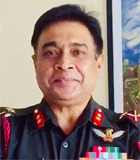 |
The Author is former Chief of Staff of a frontline Corps in the North East and a former helicopter pilot. He earlier headed the China & neighbourhood desk at the Defence Intelligence Agency. He retired in July 2020 and held the appointment of Addl DG Information Systems at Army HQ. |
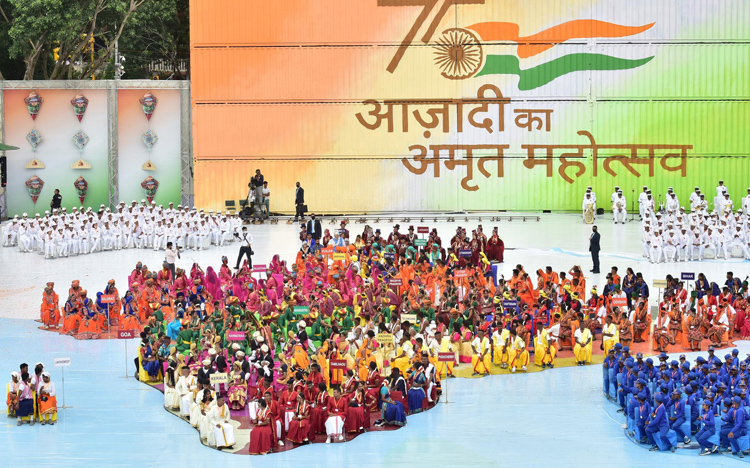
Mexico's President Andrés Obrador said on August 08, 2022 that he will propose to the UN for setting up a commission comprising Prime Minister Modi, Pope Francis and UN Secretary General Guterres. The aim of this commission shall be to stop war everywhere and reach an agreement to seek truce of at least five years so that governments of the whole world dedicate themselves to supporting their people, especially those who are suffering the most from the war and its effects.
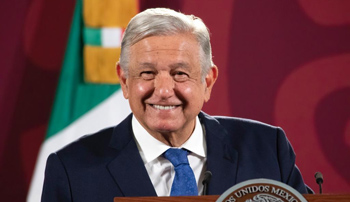
Before we analyse this remarkable, if utopian proposal, let's first get a glimpse into the man who broached it in the first place. Obrador's stunning victory in the Mexican presidential election in 2018 was built on a campaign that pledged to tackle corruption, invest in education and infrastructure, halt privatisation of the energy industry, open a dialogue with the country's drug cartels, and to refocus towards improving the situation of the working class. The credentials are impeccable.
After 75 years of hard work and toil by its farmers, soldiers, teachers, doctors, administrators, engineers and scientists, today India is being looked upon as the hope for a fragile and fractured world
The eclectic bracketing of the Prime Minister of India with the Pope who is the head of the Christian world and with the UN Secretary General says as much about the standing of the person as it does about the country he leads. India has come a long way since its independence on August 15, 1947. After 75 years of hard work and toil by its farmers, soldiers, teachers, doctors, administrators, engineers and scientists, today it is being looked upon as the hope for a fragile and fractured world. The Mexican President strongly feels that the leaders of the three great powers, the US, China and Russia, will hopefully listen and accept an intermediation by such an enlightened and wise leadership.
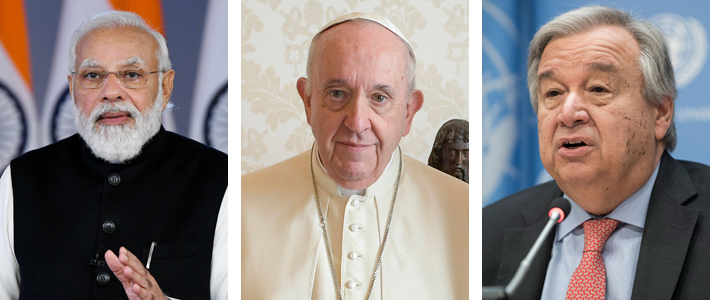
Some may rightly view that this euphoria is delusional. India's GDP per capita at less than $2000 puts India under a struggling LMIC – Lower Middle-Income Country, grossly unfavourable even with big neighbour China @$10,500, almost 5.5 times GDP per capita. Both countries were at par as late as 1987. "About 18.6 million Indians were jobless and another 393.7 million works in poor-quality jobs vulnerable to displacement", states a recent Pew report. Over 33 lakh children in India are malnourished as per the WCD Ministry. India has slipped to the 101st position in the Global Hunger Index (GHI) 2021 of 116 countries, from its 2020 position of 94th and is behind its neighbours Pakistan, Bangladesh and Nepal. The statistics are depressing, to state the obvious.
Even while we meander through the chaos, pandemonium and disorder of a multi-party democracy, India has persevered in its growth path
However, while these grim figures do tell us about how much distance we still have to traverse and how big is the challenge facing India in the years ahead, these must be viewed holistically with 1947 as the benchmark to appreciate the journey thus far. India's GDP has increased from 2.7 lakh crore in 1947 to 147.35 lakh crore today - India has become the fifth largest and the fastest growing economy in the world. The literacy rate in the same period increased from 12 to an impressive 74 per cent. Its longevity has doubled from 33 years at the time of independence to 70 years now. It was as low as 21 years in 1920 in the aftermath of the Spanish flu pandemic.
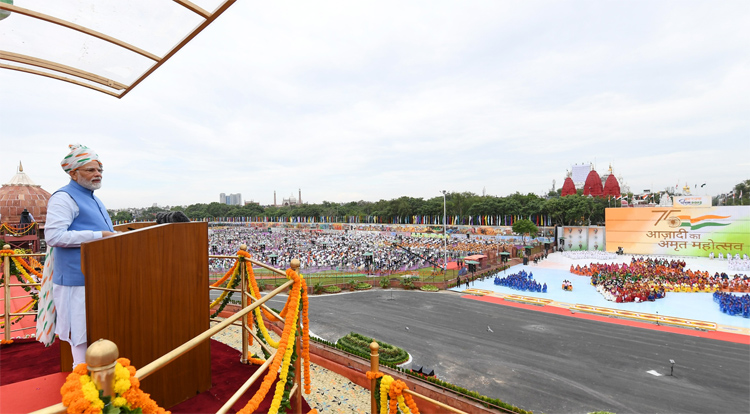
The Green revolution has ensured that the days of famine and food shortages and dependency on food aid like wheat and milk powder under the US PL-480 program of the sixties are firmly behind us. India today produces five times more food than it did at independence. India has successfully lifted more than 271 million people out of multidimensional poverty through economic growth and empowerment. We have an impressive nuclear energy and space program.
Justifiably, the gains have been massive, especially keeping in mind that we have also evolved as a strong multi-cultural, multi-ethnic, vibrant and resilient democracy. That is a very significant achievement if we recon the periodic relapses into military coups and dictatorships that have afflicted our neighbourhood. Thus, even while we meander through the chaos, pandemonium and disorder of a multi-party democracy, India has persevered in its growth path.
As we celebrate the 'Azadi Ka Amrit Mahostav' with great fanfare, there is confidence that India can dream big. We must aspire to become a developed nation by 2047
India strives to become a 5 trillion economy by 2025, and pursue an inclusive and sustainable growth trajectory by stimulating manufacturing, building infrastructure, spurring investments, fostering technological innovation, and boosting entrepreneurship. It has kickstarted the indigenous defence industry to achieve a degree of strategic independence. The other day, the Union Transport Minister announced on the floor of Rajya Sabha that Indian road infrastructure will match that of the US by 2024. He has cheekily asked Tesla to make parts locally in response to the American carmaker's request for tax concessions on fully imported electric vehicles.
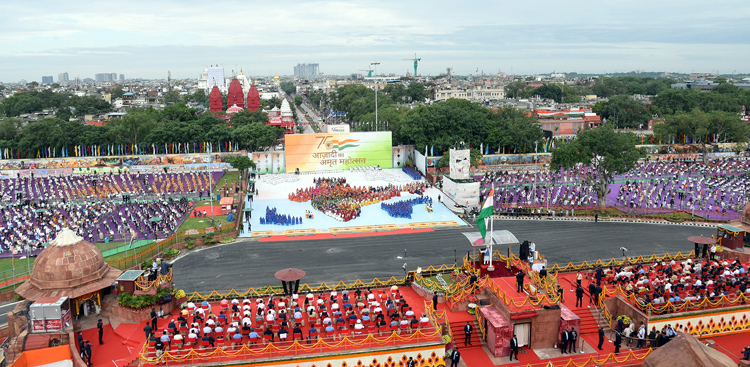
In 2015, India had announced that 40% of its energy will be from renewable sources by 2030. But this year it has already reached 39%. So, a confident India has now reset its target to 50% by 2030. The civil aviation industry is growing at a rapid pace, becoming the third largest in the world last year. An allocation of 60,000 crores has been made to cover 3.8 crore households in 2022-23 under 'Har Ghar, Nal Se Jal' scheme. On December 15, 2021, the government announced a new incentive scheme worth 76,000 crores in a bid to boost the semiconductor ecosystem in the country. These are aspirational programs.
The country has astutely navigated various world forums such as the G20, QUAD, BRICS and the SCO all the while ardently pursuing its own ambitions. As we celebrate the 'Azadi Ka Amrit Mahostav' with great fanfare, there is confidence that India can dream big. Maybe it is also a fitting moment to ditch the remaining colonial vestiges like 'the Commonwealth' altogether, notwithstanding our glittering medal tally in Birmingham.

With our huge diaspora, the vast geographical spread of our cultural heritage spanning many millennia and the timeless practice of an agglomerative Sanatana Dharma that professes "Vasudhaiva Kutumbakam" India rightfully deserves its own "Communion of Indic Cultures". With hard work, honesty of purpose, dedication and patriotic fervour, we must aspire to become a developed nation by 2047.





